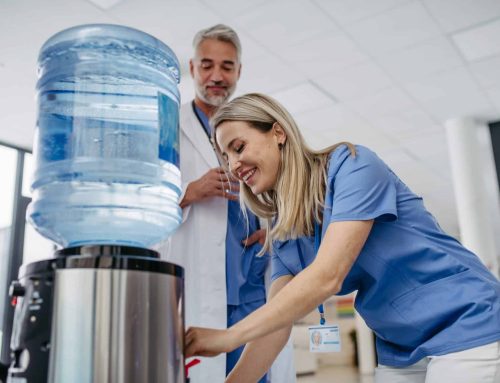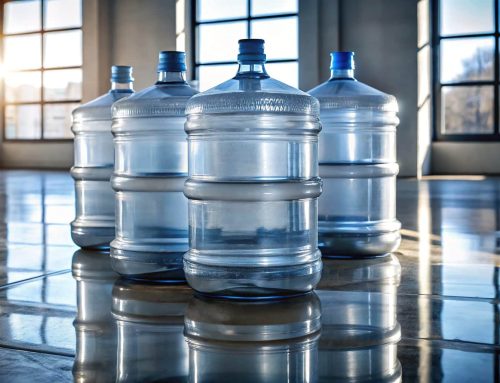Wildfires in the myriad ways in Nevada have affected watersheds by having an increasingly negative influence on it, resulting in the change in soil repellents and evapotranspiration. However, the impact of runoff and snowpack has proven to be of utmost importance.
Fires have continued throughout California and neighboring states in the United States, which has been the reality for these states for the past six decades, increasing more every few years.
This is not a positive thing and has impacted many people in the U.S., particularly in the mountain areas, impacting over 65% of drinking water.
The watersheds, some of which have been damaged by the fires in Sierra Nevada, is responsible for delivering water to over 25 million citizens, which are primarily derived from snowmelt, as well as conifers. Thinking about the number of people these fires affect, which continues to increase with time, it’s of utmost importance that these fires get put out fast.
Studies Underway to Understand and Solve the Problem
Currently, studies are being done, all of which involve experiments on changes related to streamflow, evapotranspiration, runoff, soil moisture, snow dynamics, and infiltration, to find some way to solve this ongoing problem.
If something isn’t done soon, residents of the region won’t have access to adequate water supply, which will be detrimental for the area, particularly because of its resident count and heritage.
Thus far, hydrologists from the Lawrence Berkeley National Laboratory have devised a huge modeling effort with the purpose to understand why these fires persist and how the postfire perturbations could affect hydrologic dynamics within the Consumnes watershed. This is an incredibly important watershed for the area, spanning from Sierra Nevada to Central Valley, which includes other areas and forestlands dependant on these watersheds.
Get water dispenser and water machine from Living-Water in London.






